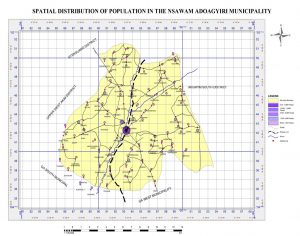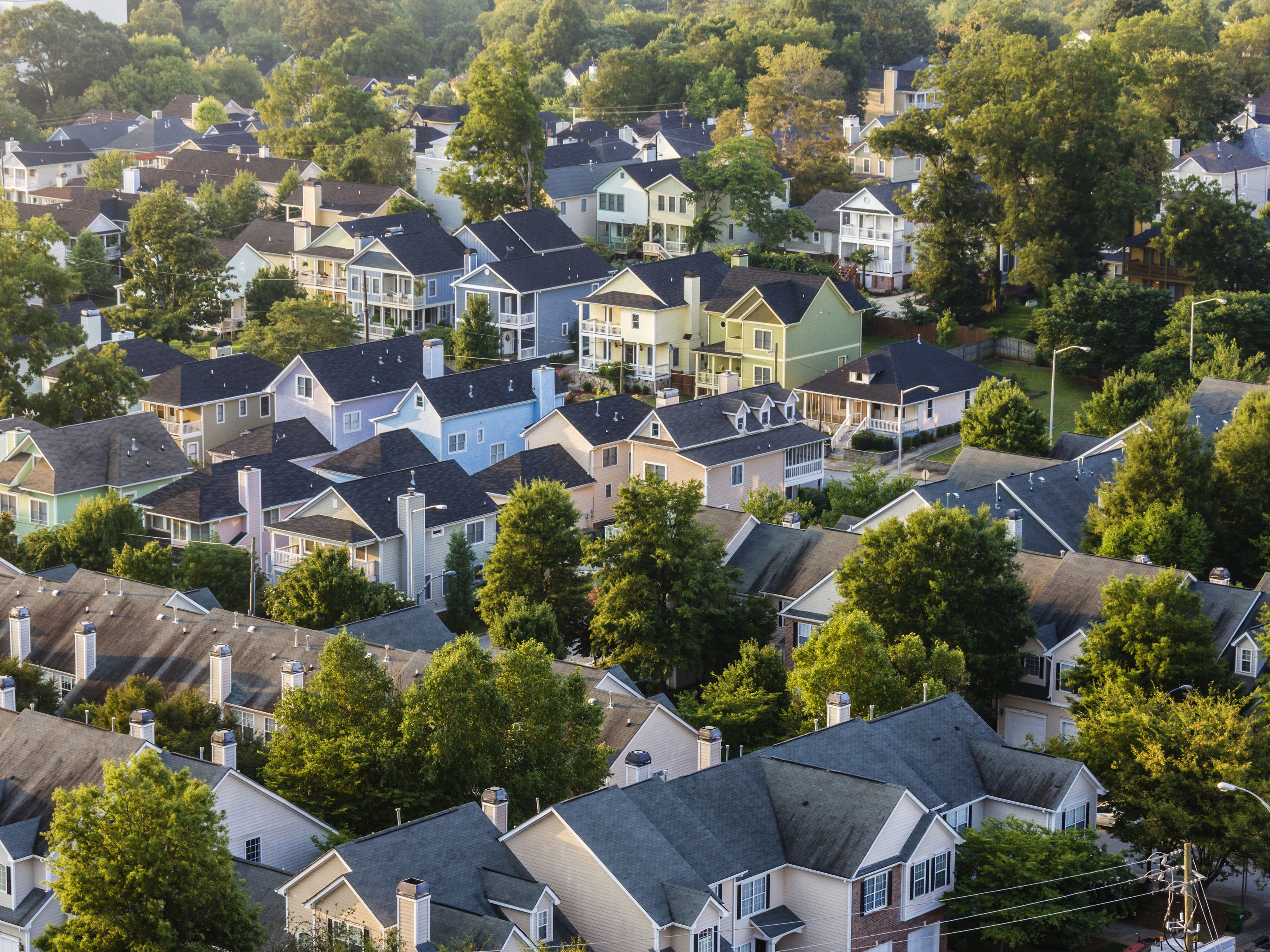Housing/Estate Development
The housing need analysis has revealed a high demand for residential accommodation. A sizeable working population prefers to reside at Nsawam which is less polluted and has serene and move to Accra to work. Although there exist some Estate development companies in the Municipality, they are unable to meet demand available.
Human Settlement Pattern
Nsawam being the Municipal Capital has the largest population of 32,531. It is the only first order of settlement with facilities like a hospital, banks, pipe borne water, electricity, and post and telecommunication services.
Characteristically, the human settlement pattern to a great extent is influenced by the road network, with settlements dotted along the main arterials to Nsawam and also along the rail lines connecting Accra to Cocoa and Gold producing hinterlands.

The Built Environment
Generally, towns in the Municipality are not well planned and therefore do not have good internal road network. However, Nsawam, the Municipal capital and Adoagyiri have got their layouts prepared based on the grid pattern with some good internal access roads.
The commonest building type is the compound house. It accounts for about 90 percent of the total housing units. The majority of the houses are built of sand Crete and land Crete, which between them constitute 72 percent of the houses in the Municipality. In the urban localities, 90 percent of the roofing material is made up of iron sheets, while 10 percent is tiles. The rural locality is having 65 percent of its roofing materials from bamboo and thatch while 35 percent is iron sheets. There is also dominance of single storey buildings in the Municipality.
Housing
Better condition of health is mostly dependent on the type of housing a person occupies. Rapid rates of urbanization has worsened housing situation in most urban centers. There should be measures put in place to curb the problem of housing deficits. The municipality has recently witnessed major influx of persons moving from the Accra metropolis.
From table 8.1 below the stock of houses in the municipality are 9,953 housing units and 21,232 households. The table further give an indication that an average of (12.4) live per house in the urban areas, whilst (6.0) persons in the rural areas. This is even higher than the national and regional average of 7.3 and 6.1 respectively. The proximity of the municipality to the national capital is mainly attributable to this situation. The Municipality recorded an average household size of approximately four persons which is almost equal to the regional average of 4.2. There is therefore high demand for houses/accommodation within the municipality.
